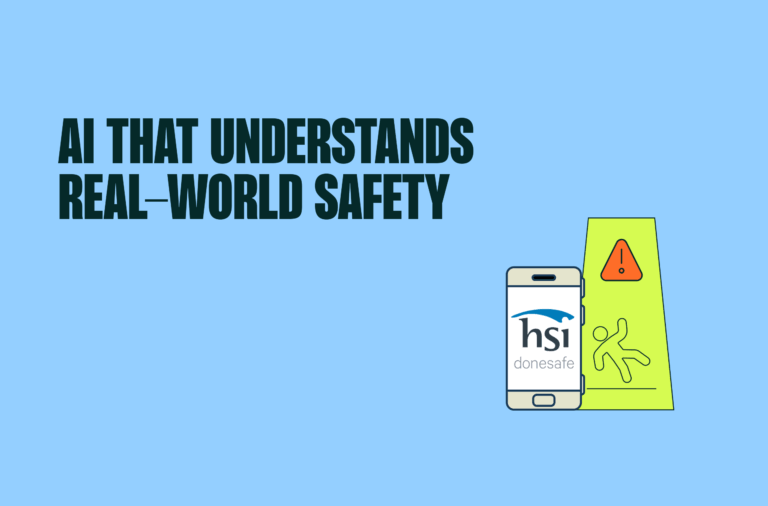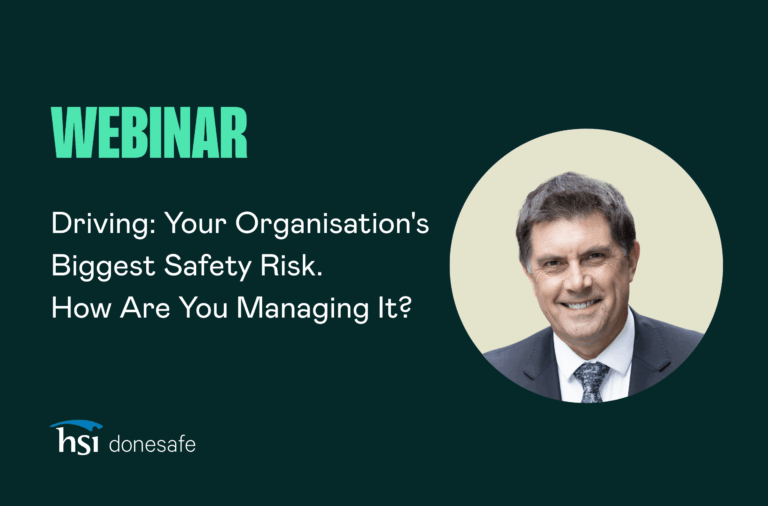
When it comes to making confident, defensible decisions in workplace safety and compliance, evidence is everything. But knowing where to begin — and how to ensure your research is credible, relevant, and practical — can be daunting.
That’s exactly what Ben Hutchinson, HSEQ Manager and Safe AF Podcast creator, unpacked in our recent webinar Getting Started with Evidence-Based Research. With years of experience in occupational health and safety, Ben specialises in helping organisations move from reactive responses to proactive, data-driven strategies.
“Evidence-based research is not about drowning yourself in data. It’s about finding the right information, from the right sources, and applying it to solve real problems,” Ben explained.
Before diving into the step-by-step tutorials, Ben set the stage with foundational advice that applies no matter your industry or level of experience.
Why Evidence-Based Research Matters
It’s easy to make decisions based on assumptions, past experience, or what’s trending in your industry. The problem is that without evidence, those decisions can be difficult to defend and may fail to address the actual root cause of an issue.
Ben highlighted how evidence-based research acts as a safeguard, ensuring your strategies are informed by credible, up-to-date sources.
“When you base your decisions on solid evidence, you’re not just ticking a compliance box — you’re protecting people, managing risk, and creating sustainable change,” he said.
In high-stakes environments like health and safety, this approach can be the difference between a proactive intervention and a missed warning sign.
Start with a Clear Question
Ben’s first piece of advice was deceptively simple: know what you’re looking for before you start looking.
“The biggest mistake people make is diving straight into Google and hoping the answer will appear,” Ben said. “Instead, clearly define the problem or question you’re trying to answer. That’s what keeps your research focused and relevant.”
This clarity shapes not only your search process but also the sources you’ll consult — whether it’s industry reports, academic studies, or internal incident data.
The Importance of Source Quality
Not all information is created equal. Ben stressed the importance of distinguishing between credible, high-quality sources and content that’s opinion-driven or outdated.
“You need to be confident in the source before you can be confident in the decision it informs,” he said.
Ben recommended thinking about the origin of the data, its publication date, and whether it’s been peer-reviewed or independently verified. These checkpoints act as your filter, allowing you to prioritise quality over sheer quantity.
Balancing Research and Practicality
One of the webinar’s recurring themes was that research should always be actionable. It’s not about collecting information for the sake of it — it’s about translating it into steps, strategies, and solutions that work in the real world.
“You could spend six months reading journal articles,” Ben said, “but if you can’t turn that into a plan your team can act on next week, it’s not going to help.”
This balance between thoroughness and practicality is what makes evidence-based research such a valuable skill for safety leaders and managers.
Setting Yourself Up for Success
Before moving into his detailed demonstrations, Ben left the audience with a few critical takeaways for anyone just starting out:
- Define your objective before beginning research.
- Vet your sources to ensure they’re credible and relevant.
- Stay focused on applying findings to real-world challenges.
By following these principles, you create a research process that’s efficient, defensible, and geared toward making tangible improvements.
Watch the Full Step-by-Step Practical Guide
This blog only scratches the surface of Ben Hutchinson’s webinar. In the full recording, you’ll see exactly how he approaches each stage of evidence-based research — from framing the right question to navigating databases, analysing sources, and turning findings into actionable plans.
Share:


